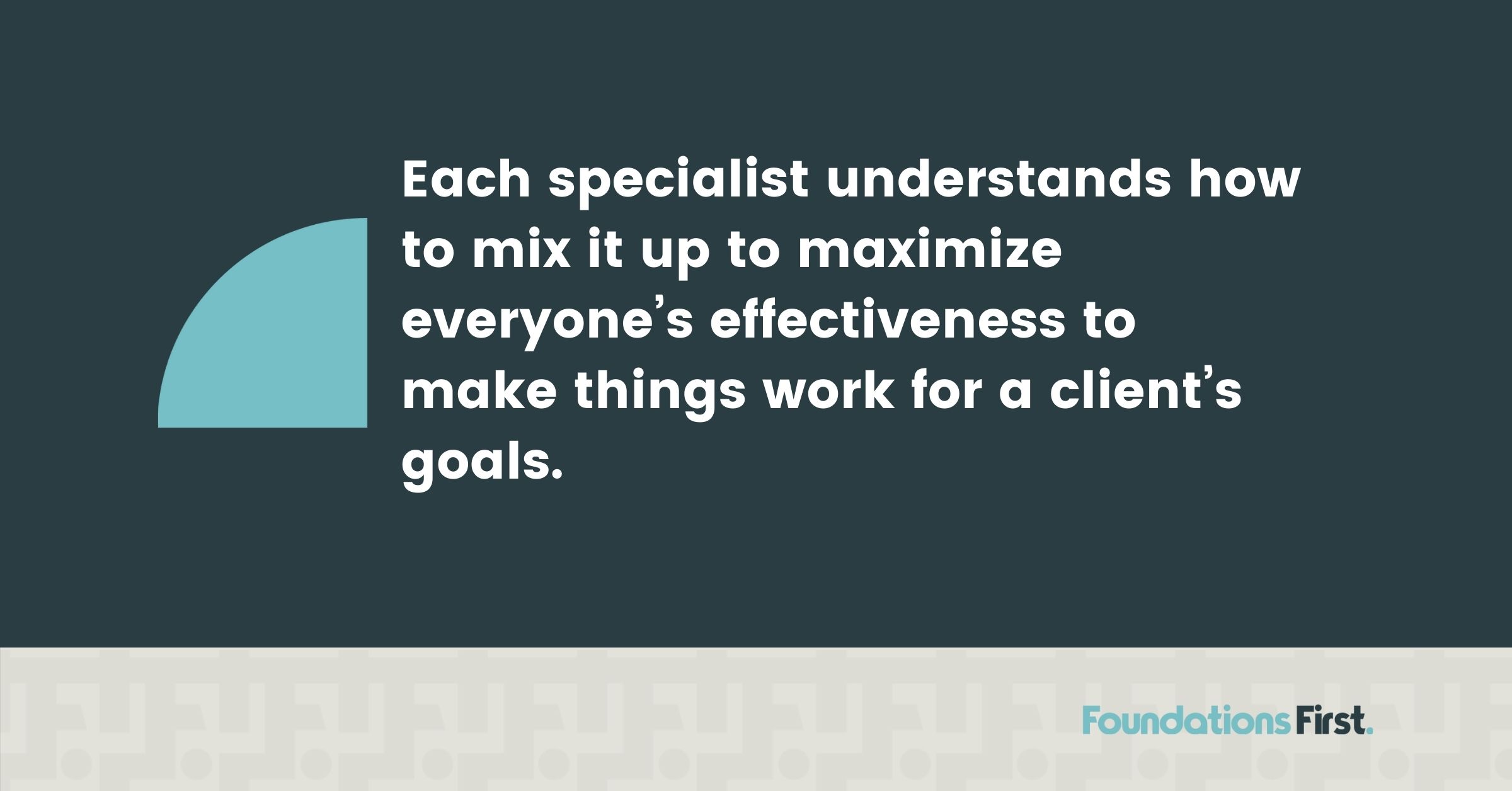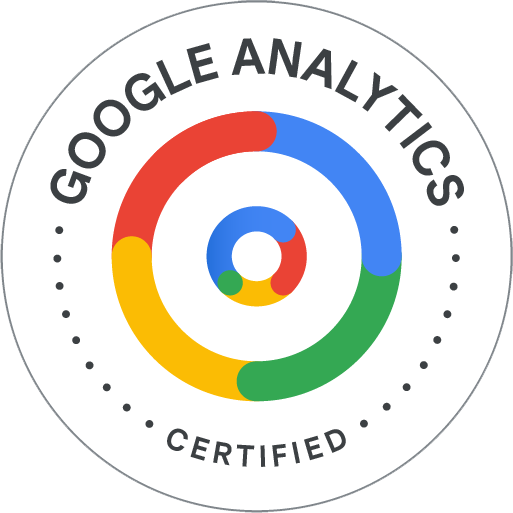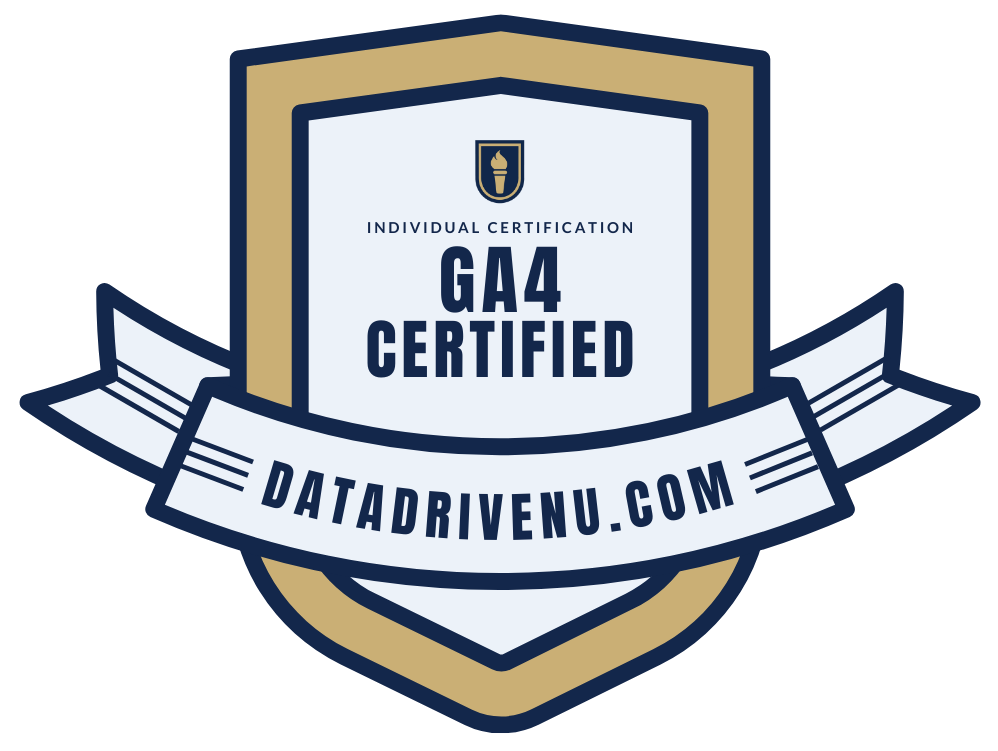Digital Marketing Toolbox for B2Bs

Growing a business that’s just getting started with digital marketing? We know that email, SEO, PPC, social media, content marketing, and analytics can all sound daunting. But these are just tools, each with a distinct function, and each can move you closer toward your overall goals. Put them together and you’ve got a toolbox. Just like you wouldn’t grab a hammer to tighten a screw, a good digital marketing toolbox contains a variety of channel tools that achieve different things for each overall campaign. So, consider this your intro to a digital marketing toolbox. By the end you’ll have a better understanding of:
- What each digital marketing channel is and is not.
- How each digital marketing channel can help you.
- Have an idea of how expensive each digital marketing channel is, and how long it takes to see some benefit from your money.
First, A Word About Silos
If you look in most big digital marketing firms, you find the tools are tightly siloed. Why? Well, it’s damn near impossible to be an expert for every digital marketing channel. Generally, people become technical experts in one field. Expertise is cool. Specialization sells.
But silos can suck.
The problem with silos is that too often screws get tightened with hammers. Silos can create tunnel vision. Turf wars. Zero-sum silo paralysis. The TGroup Marketing Method works more like a tool box. We cross-train our specialists. So, even our social media specialists have enough expertise in email marketing to spot when email is a better tool for a particular campaign. Plus, we all work from the blueprint of campaign goals. Hammers, screwdrivers, and wrenches all know their expertise. But each understands how to mix it up to maximize everyone’s effectiveness to make things work for a client’s goals, whether that client is a big established brand or a wing-and-a-prayer startup.
Email Marketing
What Email Is: One-to-one communication, like going to coffee with someone you know. Email should be targeted, relevant, and sent only to known contacts.
What Email is NOT: Email should not be used to cold-contact prospects. You’ll quickly get banned from email providers if you do this.
How Email Helps: Email is great for highly-targeted and personalized communication. You can automate a lot to make sure you’re sending the right email at the right time during your sales cycle. And since you know the recipient, you can tailor your message.
Cost and Time to See Results: Doesn’t cost a ton to get started and many times it’s free except the time it takes to write campaigns. You’ll see results from an email campaign instantly and can adjust quickly.
“I want to do business with a company that treats emailing me as a privilege, not a transaction. – Andrea Mignolo”
SEO – Search Engine Optimization
What SEO Is: Do a Google search for your brand name. See the listings that show up under the ads? That’s what search engine optimization (SEO) does. SEO is the process of suggesting to Google how you show up in search results. SEO is how you help Google understand where you should show up.
What SEO is NOT: Of all the tools in the toolbox, SEO is probably the most misunderstood, technical, and intimidating. It’s not some mythical level that when you hit the right angle, a bubble appears and all competing ideas are relegated to subsequent search engine results pages. (If only.) And ask 3 SEO specialists how to position that level, and you’ll get three differing opinions. The hard truth about SEO is that it’s critical, and yet it won’t suddenly increase sales or make your business boom. SEO is a “slow and steady wins the race” type of digital channel.
How SEO Helps: Time and time again, when we look at client data, we see organic search as the #1 traffic generator of website visits. Organic searches usually provide a lot of the conversions as well. Although SEO is not a set-it-and-forget-it channel, once you do the hard work to get it running, it’s pretty easy to maintain and will pay dividends for years to come. However, the initial investment can be cost prohibitive and daunting, especially if your website needs a lot of technical SEO work to get it up to snuff. This is where an SEO audit can save you time and money in the long run. We get that one size doesn’t fit everyone, so we can help you choose an option that works for your needs and budget. Even a small step here and there is still a step forward!
Cost and Time to See Results: Can be expensive and time consuming since it involves technical fixes as well as a content marketing plan. First results in 6-12 months.
“Today it’s not about ‘get the traffic’ — it’s about ‘get the targeted and relevant traffic” – Adam Audette, Chief Knowledge Officer, RKG
PPC – Pay Per Click (aka Digital or Online Advertising)
What PPC Is: Anytime you pay for your brand to show up online, that’s pretty much considered PPC. Even though it’s not always literally pay-per-click, we generally use that term for any online advertising. The good news is that technology provides umpteen different options that are customizable, trackable, and tuned-in to the mobile consumer.
What PPC is NOT: PPC is not easy, and there are a bunch of different ways to advertise online. Online advertising isn’t static; it innovates so rapidly, it’s hard for a small business to keep up. For now, here are 12 ways to advertise your small business online.
How PPC Helps: PPC is a fantastic way to test keywords, messaging, graphics…pretty much anything! You can figure out in near real-time what is going to resonate with your target audience. We recommend using PPC to test your message before you run print ads or before you start a big content strategy to help with SEO. Using PPC as a testing ground is a quick way to ensure your assumptions are accurate, saving you from costly mistakes.
For example, if you’re going to send postcards to your target audience, run a PPC campaign to that demographic first to see which message results in more conversions. Then, produce your print ad based on that message. PPC is a relatively inexpensive and fast way to test content.
Cost and Time to See Results: Can cost very little ($20 to boost a social post) all the way up to $100k per month! You get near real-time data to make adjustments fast. If you need to test messaging or a quick start, PPC might be perfect for you.
“…To do it right, you need to be willing to be wrong. But search marketing done right is all about being wrong. Experimentation is the only way. – Mike Moran”
Social Media
What Social Media Is: If email is a coffee shop meeting with a friend, social is a party – there are people you know there and people you are meeting for the first time. The cool thing is you don’t have to shower first or put on a bra, plus there are a ton of cats with no litter boxes to clean.
What Social Media is NOT: Social media is not free. It takes a lot of time and energy to do it well, and we usually recommend some kind of minimum budget to boost posts (can be as little as $20 per boost to make a difference). Social media is also not fast. To build a genuine brand on social networks takes work…every single day. You really do have to engage and act like a real personality.
How Social Media Helps: Social media can be a credibility booster. If your website is awesome but your social platforms look awful, your credibility can suffer. Social is also great for reviews and referrals! Treat your customers well, and they will reward you with very public reviews.
Cost and Time to See Results: Social is not free – it takes time and money. It will take 3+ months to start seeing small results over time. You really have to dedicate time to social media.
“Social media is about the people! Not about your business. Provide for the people and the people will provide you.” – Matt Goulart
Content Marketing (blog posts, ebooks, infographics, videos)
What Content Is: Content includes everything from blog posts to white papers and ebooks to sales sheets, infographics, videos, etc. Content marketers “own” the brand personality and tone across all content produced. The content feeds the distribution channels so to speak.
What Content is NOT: Content is not just blog posts, and it shouldn’t be limited to the marketing department. We recommend the content marketing lead be involved and drive content across the organization whenever possible including internal communications. The more consistent the tone, the better!
How Content Helps: Consistent content builds credibility and trust. Great content can drive traffic to the site, nurture leads, and help close sales. Content also helps with customer support by keeping customers happy as well as referring new customers.
Cost and Time to See Results: Content is time consuming to create and outsourcing it can get expensive fast. Results are notoriously difficult to track. We’ve seen it take 6-12 months to get a content machine working.
“Content is the reason search began in the first place.” – Lee Odden
Analytics
What Analytics Are: In its simplest form, “analytics” is looking at your site traffic to see what drives sales and engagement. Generally, this means Google Analytics and tracking from any other tools you use (email automation, social media, ad platforms, etc.). Don’t be scared off. With the right setup and dashboards, you don’t need to know all of this.
What Analytics are NOT: “Analytics” don’t magically divine why something happened, nor do analytics create data and then figure out what to do with that data. You have to figure out WHAT you want to do, and plan out WHAT you need to track before a campaign starts. Analytics require planning and strategy. It’s a lot more than just “website visitors.”
How Analytics Helps: In short, tracking the right data allows you to figure out what is working so you can do more of it. Just as important, analytics tell you what isn’t working so you can recalibrate or reallocate resources. It’s that simple. Without this piece, you’re wasting money, time, and resources.
Creative people generate tons of ideas—some great and some better left on worn barstools. By having tracking in place, you can empower great ideas with numbers. You save yourself a lot of aggravation when you can intelligently say “no” to the barstool ideas with data. Decisions become less personal. Plus, if you have a boss, CEO, or board of directors with a “great idea” gleaned from the latest TED Talk they saw, your data will speak volumes as to why the idea isn’t right for your company. Analytics can keep your name off shit lists or even pink slips!
Cost and Time to See Results: Can cost a little to have a professional get you setup with tracking, but then it can be pretty automated or only require quarterly check-ups and analysis.
“What gets measured gets managed.” – Peter Drucker

Michelle Tresemer
Categories
- Analytics and Measurement
- Brand Messaging
- Competitor Analysis
- Content Marketing
- Digital Marketing Strategy
- Digital PR & Events
- Marketing Budgets
- Marketing KPIs
- Marketing News
- Marketing Rock Samples
- Marketing Staffing & Vendors
- Marketing Strategy
- Marketing Tech Stack
- Podcast
- Product Marketing
- Sales Marketing Alignment
- SEO
- Social Media
- Strategic Marketing Partnerships
- Target Markets
- Uncategorized
- Vision & Purpose
- Webmaster








